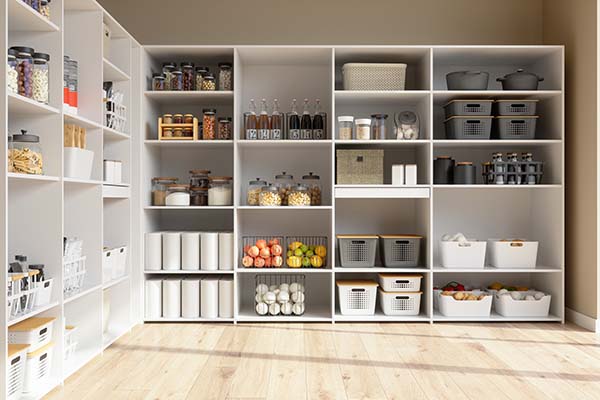
by Alan Cohen | Jun 28, 2021 | Hoarding
Now that more donation centers are opening up after being closed during the pandemic, it’s a good time to open up those closets, attics, and basements to clean out and donate what you no longer use. For those at the upper end of middle age and older, you may want to... 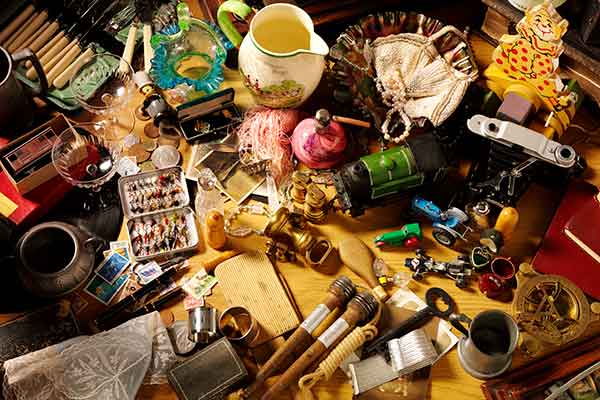
by Alan Cohen | Jun 27, 2019 | Hoarding
We all know people whose homes are filled to the rafters with things. Difficult to navigate, people are unable to discard their belongings and are ashamed to let us see inside their house. They may be a family friend, relative, neighbor, or even yourself, and you are... 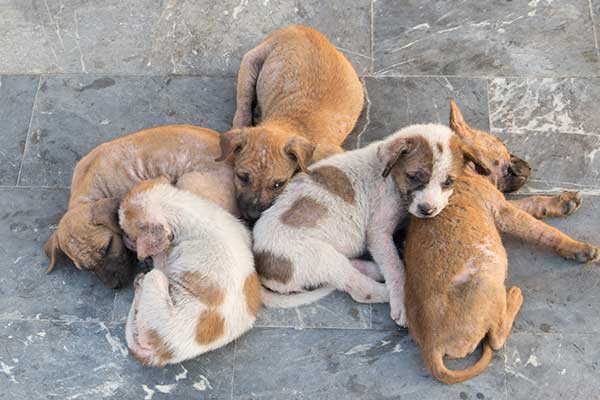
by Alan Cohen | Jun 27, 2018 | Animal Hoarding
It can seem to an outsider that hoarding animals is inhumane and a form of cruelty for without proper care, animals become malnourished and diseased. To the person hoarding all the animals, however, each animal is important to them and the person sees themselves as... 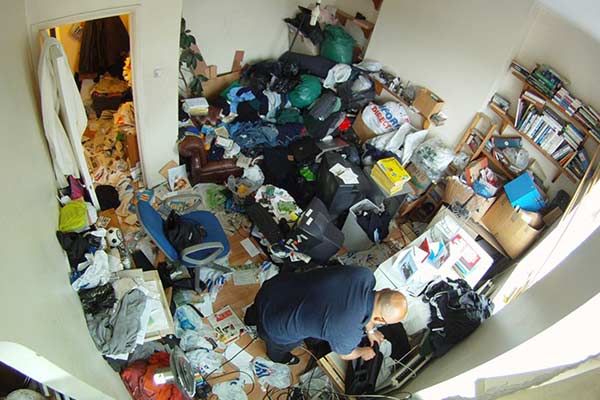
by Alan Cohen | Feb 27, 2018 | Hoarding
Hoarding continues to grow at staggering rates, particularly as our US population ages. In fact, according to this article on hoarding facts, hoarding begins as early as 12 or 13 years old and worsens if not treated. Other studies suggest that if you grow up in a... 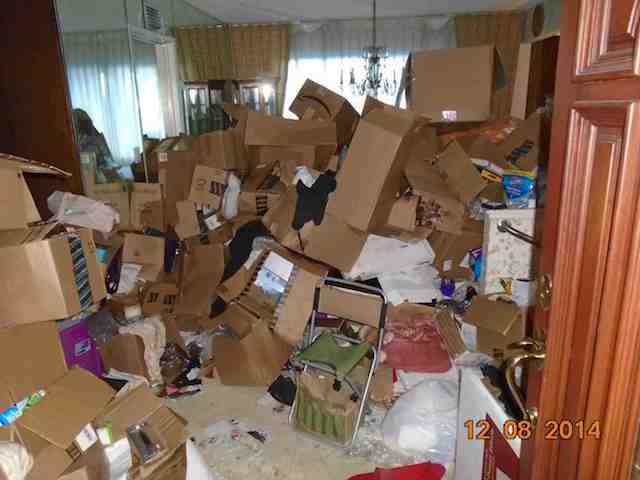
by Alan Cohen | May 1, 2017 | Articles about cleanup, Biohazards, Here to Help, Hoarding
Hoarding continues to sweep the US in record numbers. Hoarding affects up to 6% of the US population which is approximately 19 million people, twice the rate of OCD. Hoarding has been found to run in families and is quickly emerging as an issue that continues to grow... 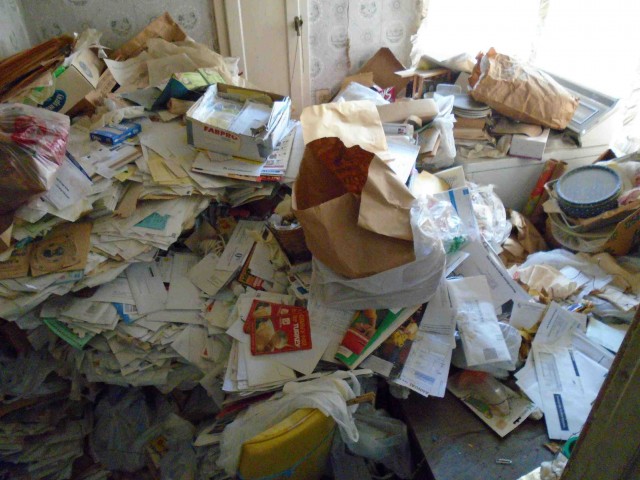
by Alan Cohen | Oct 9, 2016 | Articles about cleanup, Call for Answers, Hoarding
Hoarding clean up is a difficult task on many levels and each case is unique. In most cases, there are biohazards lurking in unexpected places in the home and it is important that a licensed professional is called out for extreme hoarding cases. Bio So Cal is the...






